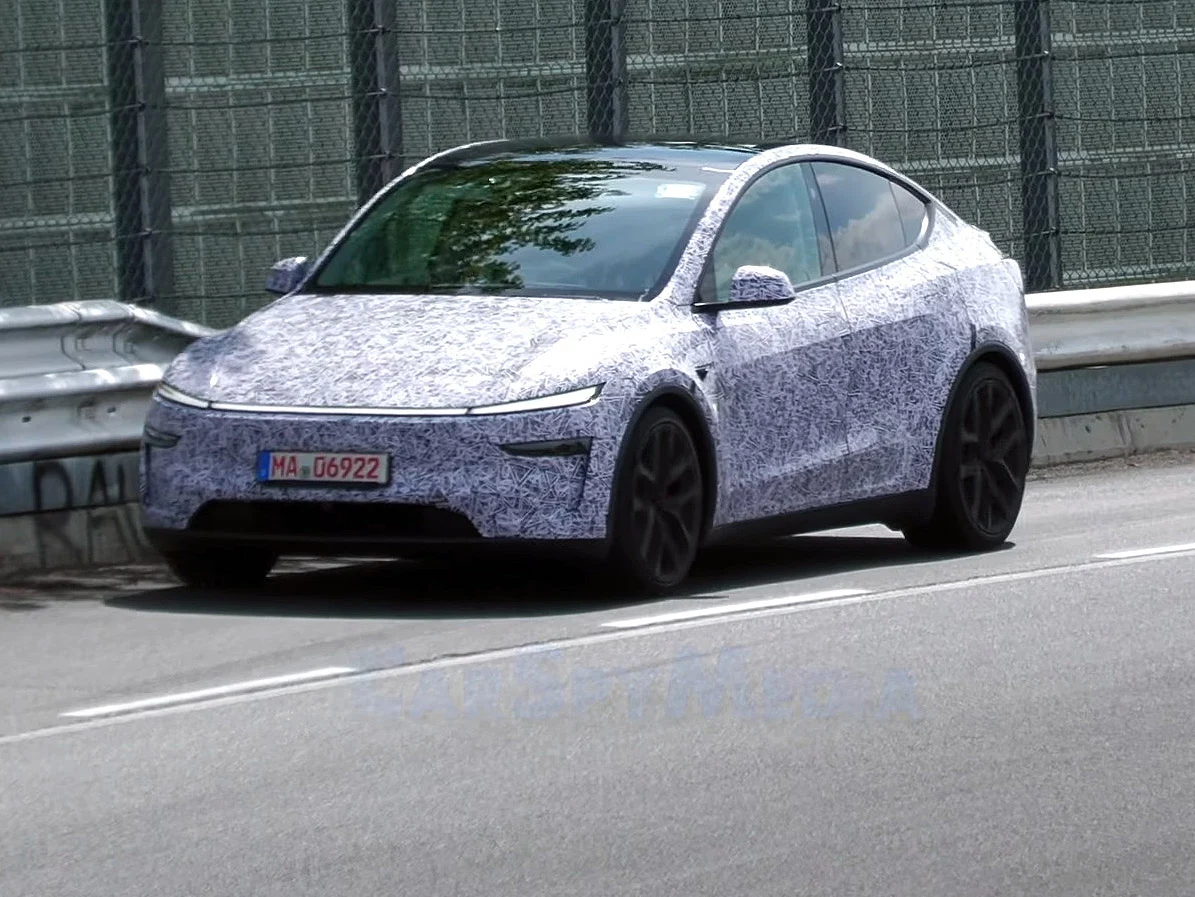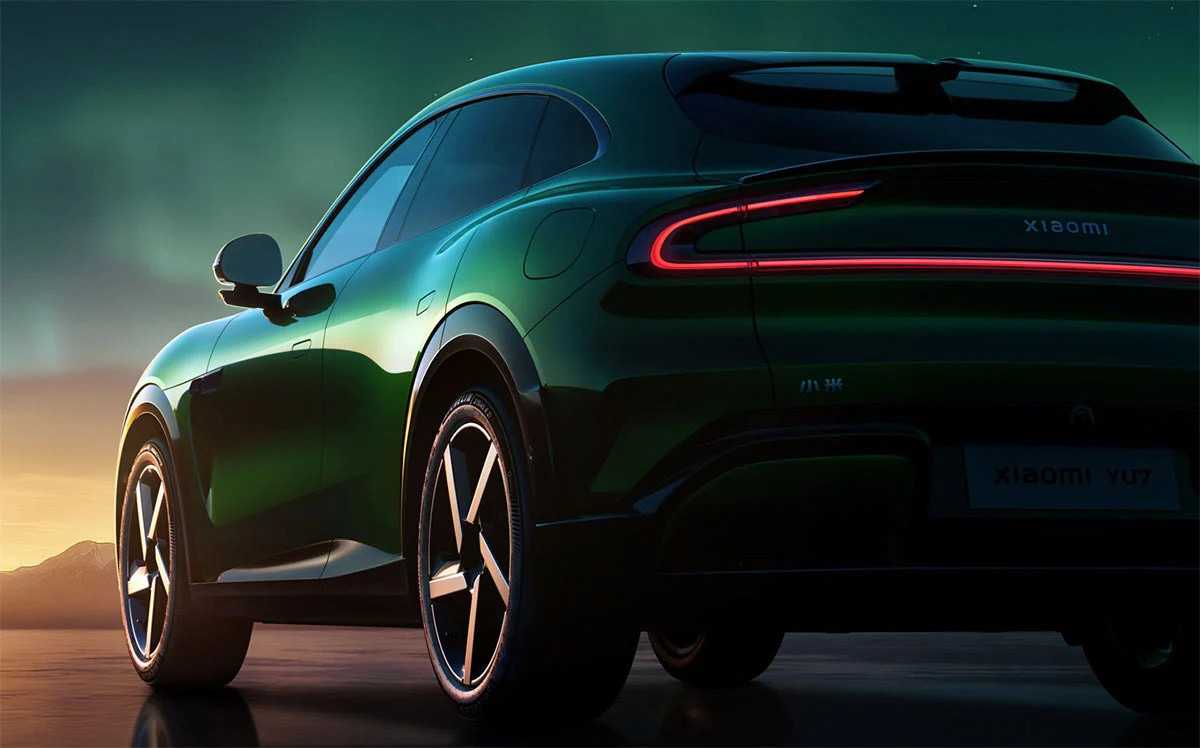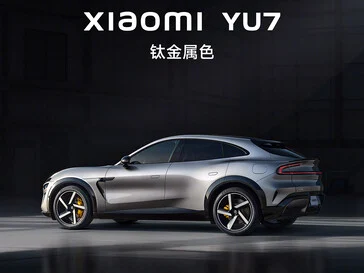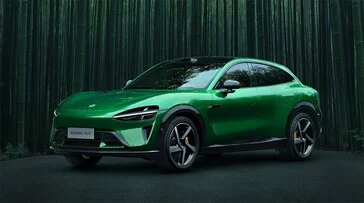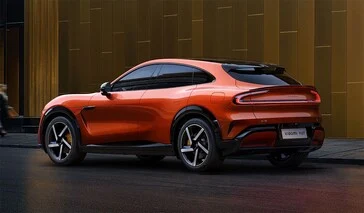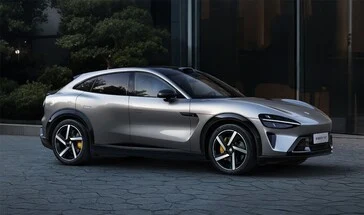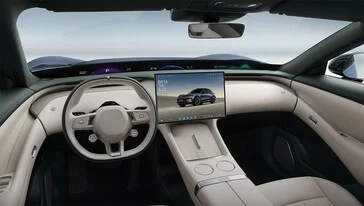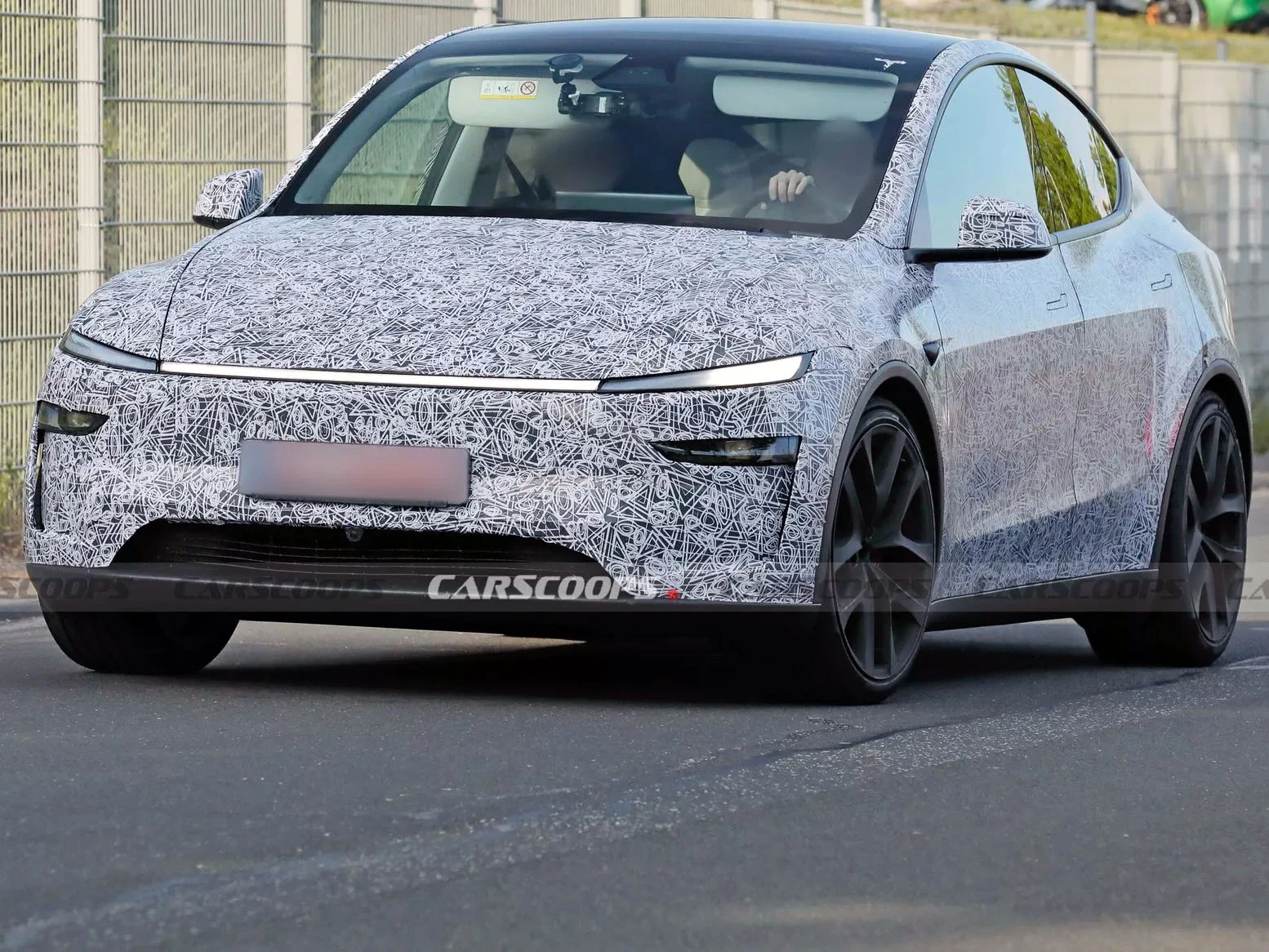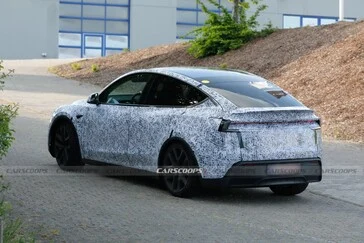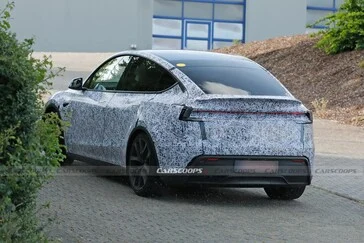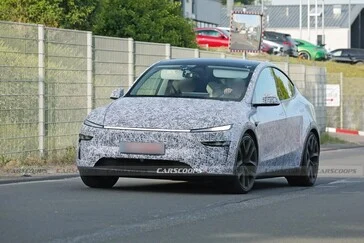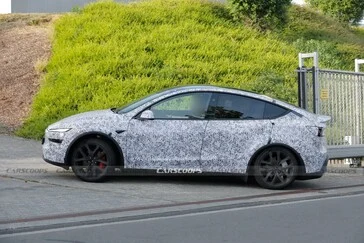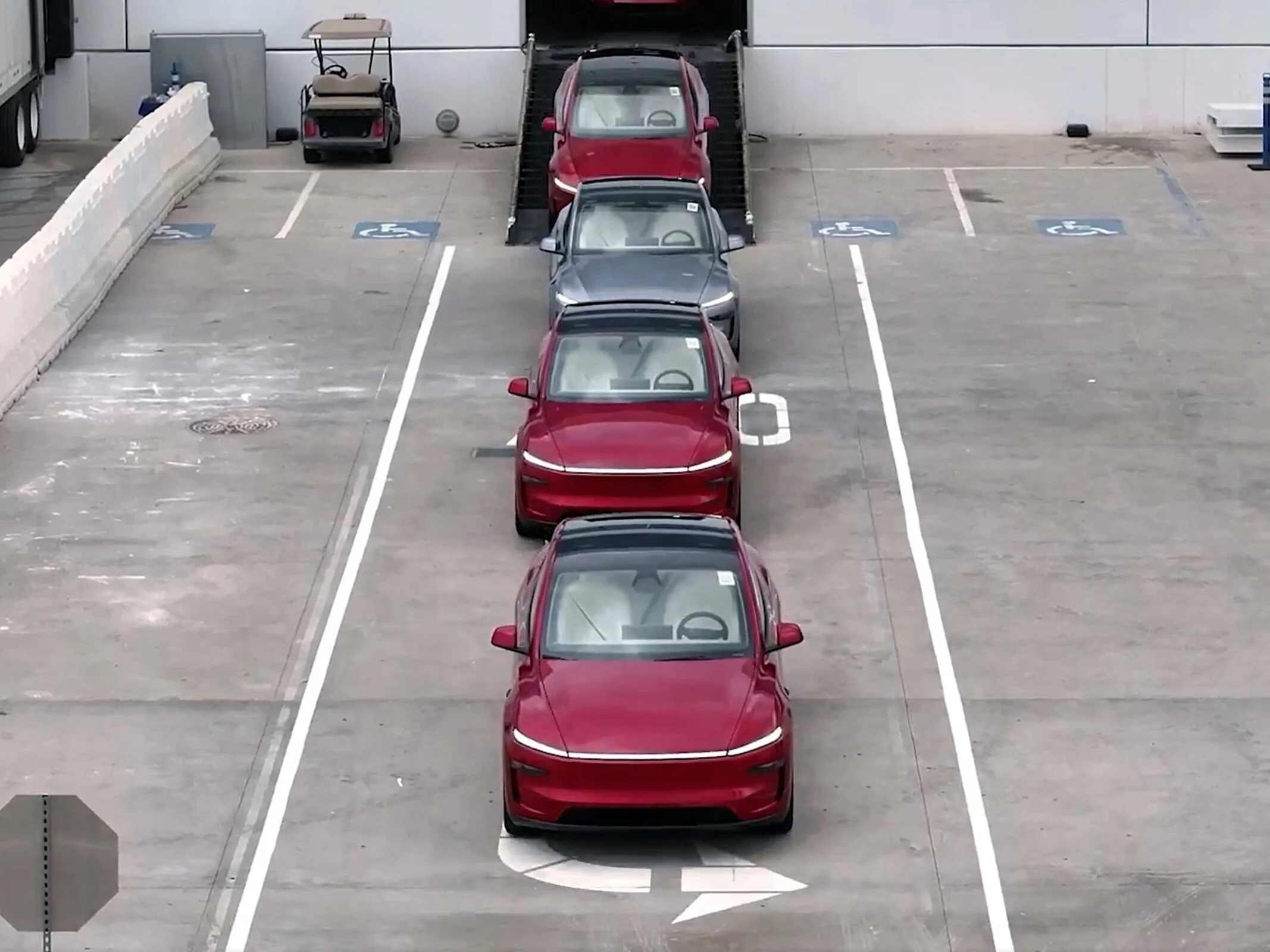Key Takeaways
1. Strong Initial Demand: The YU7 SUV is gaining attention with long lines at stores and a surge in online orders.
2. Distinct Market Identity: The YU7 differentiates itself from Tesla’s Model Y through its unique design, technology, and strategic market positioning.
3. Superior Battery Range: The YU7 offers impressive ranges of up to 835km and 770km for its Standard and Pro variants, surpassing Tesla’s Model Y.
4. Faster Acceleration: The YU7 Max edition accelerates from 0 to 100 km/h in just 3.23 seconds, outperforming the Model Y and even some high-performance SUVs.
5. Competitive Specifications: Overall, the YU7 showcases superior specifications in key areas such as range and acceleration compared to Tesla’s offerings.
Xiaomi’s second electric vehicle, the YU7 SUV, is drawing significant attention with long lines at stores, a surge in online orders, and a wave of initial reactions from electric vehicle fans.
Unique Positioning in the Market
Despite inevitable comparisons to Tesla’s Model Y, particularly in China, the YU7 establishes its own identity thanks to its distinct mix of aesthetics, technology, and strategic market placement.
Key Advantages of the YU7
Here are five reasons why the Xiaomi YU7 stands out and isn’t merely an imitation of Tesla.
1. Superior Specifications Where It Counts
During the launch, Xiaomi’s CEO Lei Jun made a direct comparison between the YU7 and Tesla’s Model Y. On paper, Xiaomi’s vehicle shows superiority in several important aspects.
The YU7 boasts a greater range. The Standard and Pro variants come equipped with a 96.3kWh battery, allowing for ranges of up to 835km and 770km (CLTC).
Meanwhile, the Max model features a larger 101.7kWh battery, offering a range of 760km. In contrast, the Model Y maxes out at 719km.
Moreover, the YU7 is quicker. The Max edition, powered by two motors generating 690 horsepower, accelerates from 0 to 100 km/h in just 3.23 seconds.
This makes it faster than any Model Y and even some high-performance SUVs like the Ferrari Purosangue.
The Standard and Pro versions reach 0–100 km/h in 5.88 seconds and 4.27 seconds, respectively, which are still impressive times.
So, when you’re looking strictly at the figures, the YU7 surpasses Tesla in both range and acceleration.







